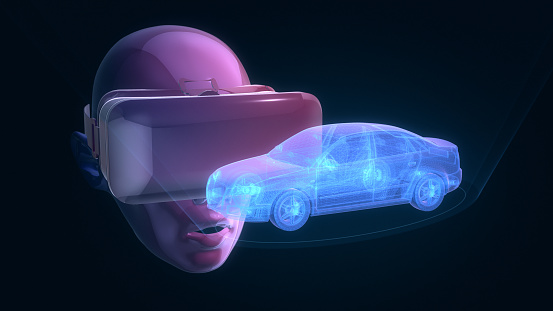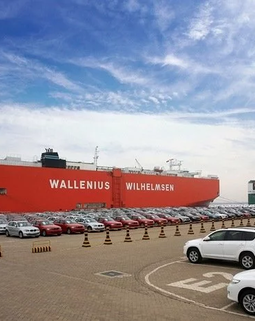The metaverse is not merely a futuristic idea; it is currently present in the car sector and altering how vehicles are purchased, maintained, operated, and manufactured. Since Facebook changed its logo to Meta and boldly invested heavily in augmented worlds, the multiverse has received a great deal of attention. But does the newest catchphrase change the automotive market, or is it hype? It has already altered how automobiles are created, sold, and operated.
We must first establish whatever the metaverse is to comprehend how it functions in the domain of automobiles. Some ideas, like Hyundai's Meta mobility, may seem speculative and even speculative fiction. According to Amin, "metaverse" refers to a brand-new manner of interacting only with digital and physical realms that build on what AR and VR are now. This broader encounter that enables you to interact with people or situations who aren't in the same workspace as you can be made using the concepts of wearable technology, including biometric technology and inertial sensors. Although Meta recently hit the headlines, OEMs began discussing the metaverse and augmented reality (AR) at significant car exhibitions in 2019.
Additionally, a few of these use instances already exist. These include windscreen projectors and face displays, particularly for navigational assistance. Although they may not yet be produced in large quantities, you will shortly be able to determine where the next exit is by way of a blinking indicator on the dashboard or a warning that the driver must turn right in 300 meters, for instance, "Amin stated. When we start to integrate knowledge regarding what it is around bent that now the motorist may not be able to see, that's when geolocation comes into play. Soon, data about traffic or safety, such as impending dangers, will be displayed to drivers.
"Given that it is a real-world use case with clear safety concerns, it is certainly the most practical method for looking at it for now, "Added Amin. Operational Design Domain (ODD), employed if there are specific circumstances and locations that the autonomous car is permitted to travel in, is an intriguing method to consider the vehicular application of the metaverse when it pertains to driving. This can practically be planned out before the car even leaves the lot. When highly driver assistance technologies become available to people, Amin predicts that they won't be able to explore the metaverse for a while fully. Nissan, for instance, has suggested that when you travel, you can take a virtual tour guide or family member with you in the automobile.
During the next five years, it's conceivable that assembly plants and projections like the BMW Omniverse will become a reality. He asserts that "you could tie it directly to R&d expenditures and operational expenses in the processing facilities." He believes that all those noggins' monitors and navigation displays will be the initial driving applications of the metaverse. The BMW Omniverse illustrates how automakers are making a digital space to create a vehicle. Here, it is simple to evaluate features like the automobile's interior aesthetics before it is manufactured. Training in the metaverse might help to solve the problem of specialist scarcity in the car sector.





